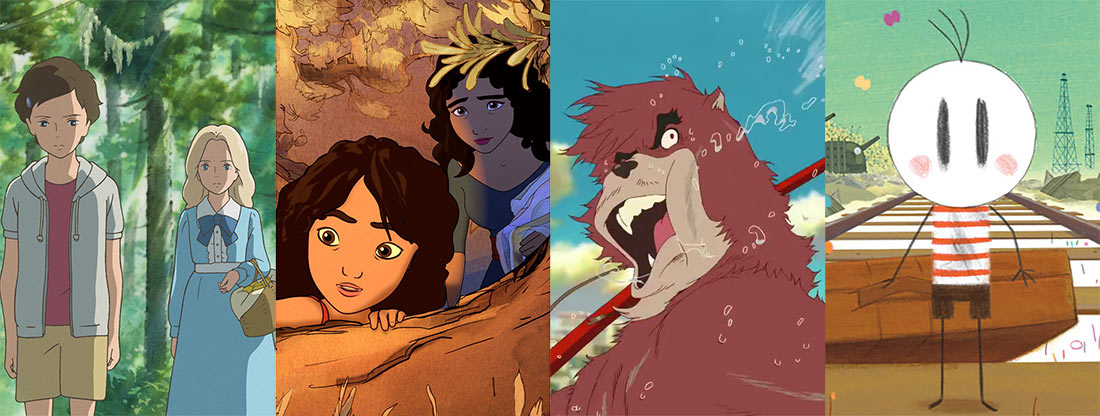
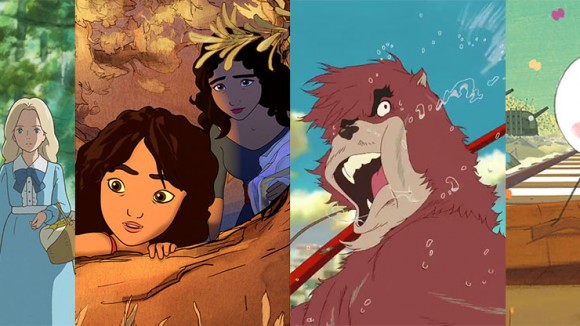
4 Potential Oscar Upsets in the Animated Feature Category
The Annie Awards and the Golden Globes were in unanimous agreement this year on their feature animation nominees, and therefore the animation industry’s awards-season focus is dominated by Pixar’s Inside Out and The Good Dinosaur, alongside Anomalisa, Shaun the Sheep Movie, and The Peanuts Movie.
But there are also international and independent features competing in the Academy Awards race, include three films from phenomenal indie animation distributor, GKIDS, which nearly swept the Annies’ new independent feature category with three of the four films nominated: Boy and the World, When Marnie Was There, and Kahlil Gibran’s The Prophet.
Here’s a look at four animated features that have the potential to upset the Oscar race and sneak in as nominees:
Boy and the World
“This movie surprised us,” Brazilian director Ale Abreu told Cartoon Brew of his stunning second feature, a sonically, visually sensational critique of production and consumption. “It’s a joy to see a film made with so few resources, around US$500,000, by a very small team, with aesthetics going in the opposite direction of what the market is selling, come this far.”
Winner of the Annecy Cristal, the critically acclaimed Boy and the World arrived stateside this month. Check out Cartoon Brew’s exclusive gallery of Abreu’s character designs.
When Marnie Was There
Despite the uncertain future of its legendary co-founder, Hayao Miyazaki, Studio Ghibli’s empathetic, poetic animation streak is still going quite strong. Witness director Hiromasa Yonebayashi’s stirring ghost story of hurt and healing, When Marnie Was There, adapted from Joan G. Robinson’s young adult novel.
“I chose to express the sensation we feel in the coldness of water, and in smell and taste,” Yonebayashi told Cartoon Brew. “In my films, I place emphasis on the re-creation of what we can feel with our senses.”
As for the future of the legendary animation studio he works at, “I am sure that my film will not be the last Studio Ghibli film,” added Yonebayashi. “In fact, director Miyazaki is in the process of making short films.”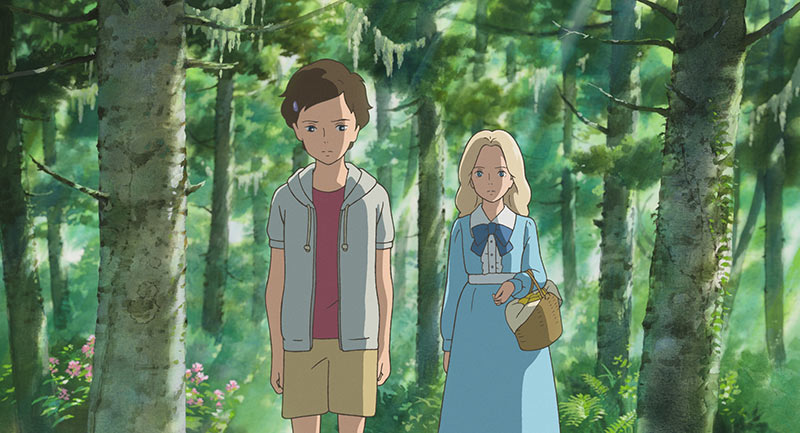
The Boy and the Beast
Toei Animation and Madhouse veteran Mamoru Hosoda previously stunned audiences with dizzying films like The Girl Who Leapt Through Time, Summer Wars, and Wolf Children, the first production from Hosoda and Yuichiro Saito’s Studio Chizu, created in 2011. The director’s legend, increasingly compared to that of Miyazaki himself, is further burnished by Chizu’s second production, The Boy and the Beast, an alternate-universe supernatural fantasy that screens like a streetwise, Shibuya-based reboot of The Jungle Book.
In addition to its Annie nod, Hosoda’s latest mind-warping experiment, which began limited screening this month in America, has also been submitted for an Academy Award for best animated feature. Its domestic box office performance in Japan has already eclipsed that of Wolf Children, signaling the arrival of its visionary director as an international awards-season regular going forward.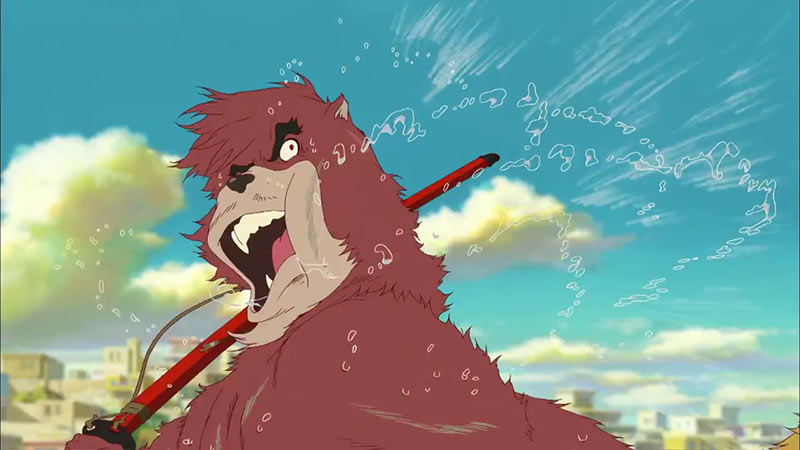
Kahlil Gibran’s The Prophet
Lebanese author Kahlil Gibran’s timeless poetry of expression took center stage in this anthology animation standout, whose respective segments were helmed by singular talents like Bill Plympton, Tomm Moore, Nina Paley, and more. Produced by Salma Hayek, starring Liam Neeson, and directed by The Lion King’s Roger Allers, Kahlil Gibran’s The Prophet is the most stylistically and geographically diverse, as well as the most balanced by gender, of all of the Annie Award indie noms that are up for consideration.
“I would agree that this film is not like any other, in that it is both a story and an anthology of different animated styles and visual interpretations of poetry,” Allers told Cartoon Brew. “Also, a celebration of animation talent from around the globe.”
“I never knew exactly how all of these different styles would stitch together, but let’s face it, this whole project was a leap of faith,” he added. “Would people enjoy listening to illustrated philosophy? Could viewers make the leap from style to style? Many chapter animators’ pieces didn’t come in until close to the end, so I had to improvise how to blend our way into and out of them.”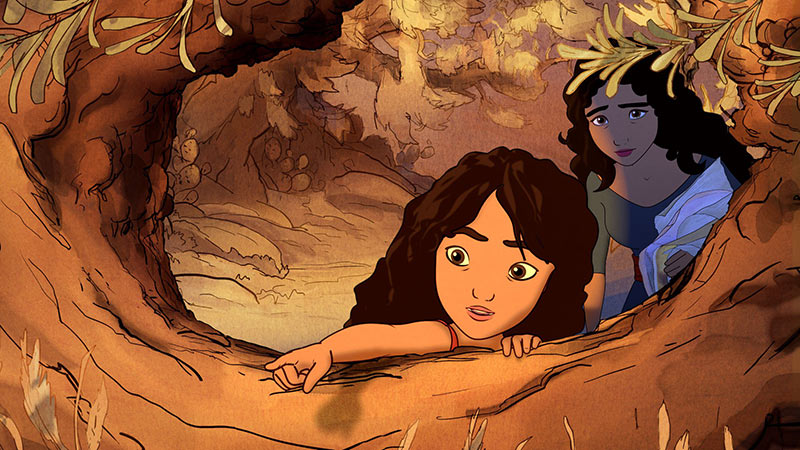

.png)